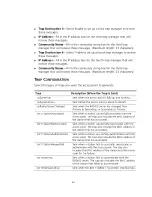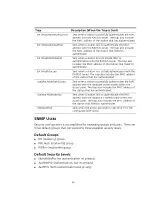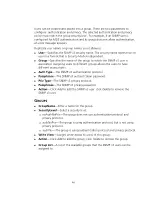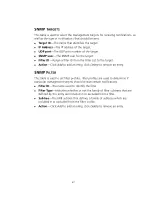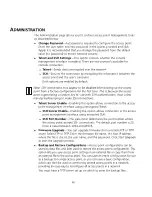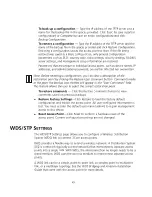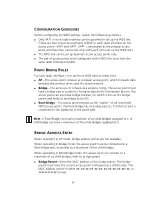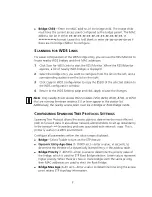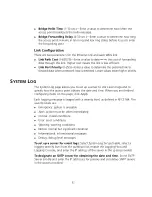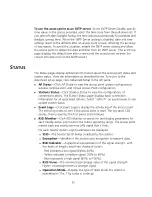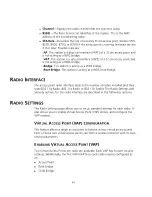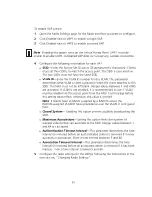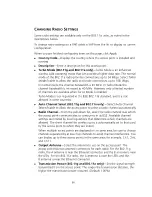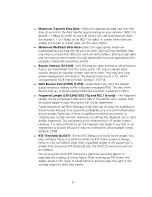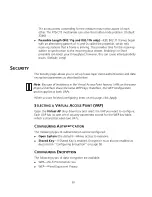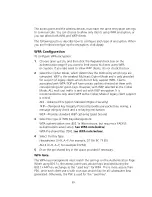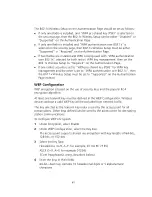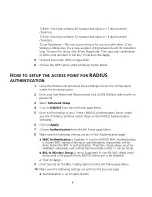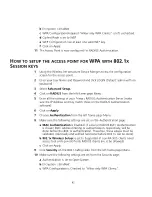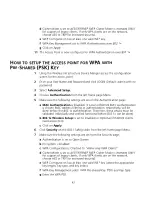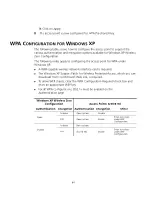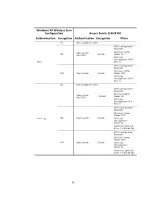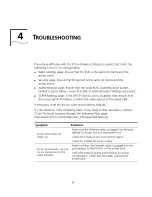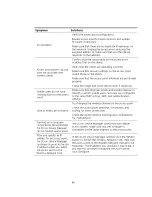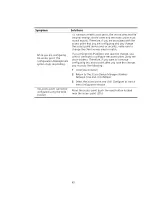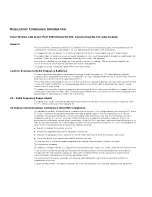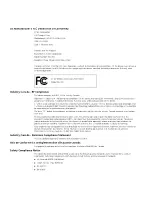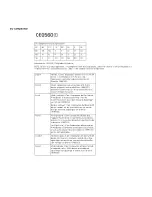
58
The access points contending for the medium may not be aware of each
other. The RTS/CTS mechanism can solve this hidden node problem. (Default:
2346)
Preamble Length (802.11g and 802.11b only)
—IEEE 802.11 frames begin
with an alternating pattern of 1s and 0s called the preamble, which tells
receiving stations that a frame is arriving. This provides time for the receiving
station to synchronize to the incoming data stream. Enabling the Short
preamble can boost your throughput; however, this can cause interoperability
issues. (Default: Long)
S
ECURITY
The Security page allows you to set up lower-layer client authentication and data
encryption parameters as described below.
When you are finished configuring items on this page, click
Apply.
S
ELECTING
A
V
IRTUAL
A
CCESS
P
OINT
(VAP)
Open the
Virtual AP
drop-down box and select the VAP you want to configure.
Each VAP has its own set of security parameters except for the WEP key table,
which is shared between two VAPs.
C
ONFIGURING
A
UTHENTICATION
The following types of authentication can be configured:
Open System
(the default)—Allows access to everyone.
Shared Key
—If Shared Key is enabled, Encryption must also be enabled as
described in “Configuring Encryption” on page 58.
C
ONFIGURING
E
NCRYPTION
The following types of data encryption are available:
WPA—Wi-Fi Protected Access.
WEP—Wired Equivalent Privacy
Note
: Because of limitations in the Virtual Access Point feature, VAPs on the same
physical interface share the same WEP keys; therefore, the WEP configuration
section applies to both VAPs.

